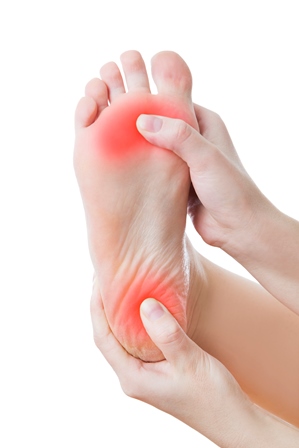Patient knowledge and standard examination of the feet by a medical care qualified are critical facets in the avoidance of diabetic ulcers. Strict control of blood glucose levels along with maintaining a healthier diet and exercise are crucial to preventing complications from diabetes. Your health treatment professional may possibly suggest screening of the nerves and blood flow of the legs and feet to check for signs of neuropathy or poor circulation.
This may give useful information and with respect to the results of the tests, treatment recommendations can be produced to avoid these problems from worsening. Diabetic people must see their podiatrist frequently for treatment of these fingernails and feet. Regions of the foot that develop callus tissue ought to be shaved down to cut back the possibility of skin dysfunction leading to ulcer formation. Diabetic custom made shoes have now been shown to reduce the likelihood of ulceration of the diabetic foot. The sneakers are constructed with extra degree to allow for a support insole to cut back pressure points on the bottom of the foot. Diabetic individuals must examine their feet on an everyday basis.
As diabetics are vunerable to exceedingly dried skin, a good treatment treatment ought to be applied everyday to reduce the possibility of epidermis cracks. The places across the feet ought to be dried extensively after baths or baths and a drying representative such as for example desenex powder might be placed on reduce the risk of establishing fungal infections. Any breaks in the skin, inflammation, swelling or suffering should prompt a sudden visit to the podiatrist. An apparently little situation may quickly develop directly into a real problem for diabetic patients.
The initial traditional treatment of diabetic foot ulcers is targeted at lowering the risk of illness and stimulating the figures healing process. The most crucial the main therapy is typical debridement of the ulcer. This calls for the removal of all lifeless or callused muscle across the sides or at the foot of the wound by your wellbeing treatment professional.
That treatment assists to reduce the danger of disease and can help increase the therapeutic of wounds. It is very important to remain off the affected base as much as possible. Your podiatrist will make suggestions to reduce strain on the ulcerated, that’ll also support pace the therapeutic process. This can entail support of the influenced area along side the use of operative boot or boot to offload the ulcer site.
If you have the suspicion of contamination, a hurt culture can be conducted and suitable antibiotics might be prescribed. There are now a myriad of topical hurt care products that may be prescribed to simply help reduce the possibility of disease and help the therapeutic of diabetic foot ulcers. When these old-fashioned wound treatment practices are inadequate, other treatments should really be considered How to treat diabetic foot ulcer.
A brand new option for treating serious diabetic ulcers is providing a cure for many people with chronic non-healing wounds. This requires the usage of allograft tissue, a graft purchased from an unrelated individual donor. The graft is purchased from the inner coating of the individual placenta and coating of the amniotic hole of a newborn. Possible donor parents are processed and tried for infectious conditions and the graft is sterilized ahead of implantation. This tissue is picked because it enhances therapeutic of wounds by providing a higher awareness of the figures naturally occurring growth factors necessary for hurt healing.
The muscle used in the graft has been proven to decrease infection and scarring to the involved region. The reduced total of inflammation and scarring has been shown to help aid therapeutic of serious wounds. Preliminary reports show the graft has generated increased likelihood of therapeutic of chronic injuries and quicker injure healing times. The graft can usually be applied at work setting and is just a simple process that will not need anesthesia.
